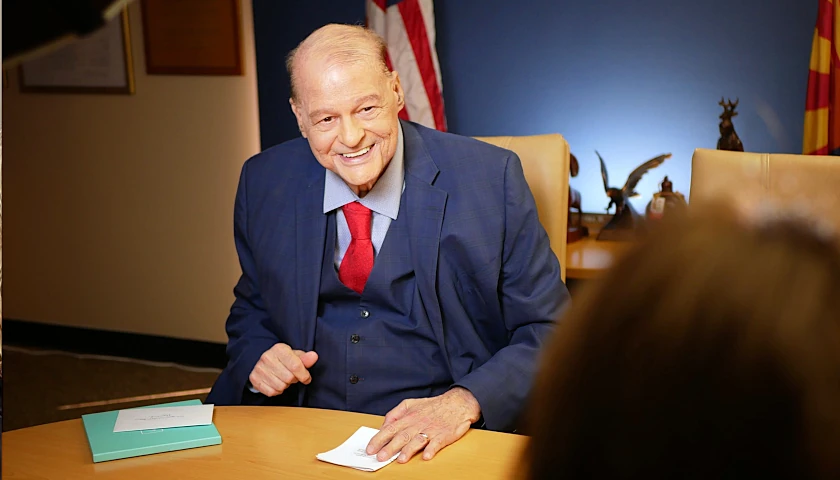The Universal Expansion of the Empowerment Scholarship Account (ESA) program is unlikely to bankrupt the state, according to a new report from the nonpartisan research group, the Common Sense Institute Arizona (CSIAZ).
According to the report, at least 56,000 students received an ESA grant as of May, an increase of 44,000 who joined following the expansion. In total, the CSIAZ states that there are roughly 82,000 private or homeschooled students in the state eligible for the program, and they expect all of these families to join during the 2024 school year.
However, these are just the numbers representing the current school year, so the institute attempted to predict how enrollment will climb in the coming years. To do this, they looked at a historical parallel: the introduction of Arizona’s charter school system in 1995. Like the Universal ESA expansion, charter school enrollment exploded in popularity, although this growth rate gradually fell after several years. Yet, while charter schools stayed at a stable growth rate of seven percent between 2008 and 2020, Arizona district schools lost students at an annual 0.3 percent decline during the same time.
The CSIAZ stated it expects the ESA program to follow a similar pattern, where enrollment will gradually slow in the coming years. Ultimately, the researchers expect the program to have roughly 124,000 participants by the 2027/28 school year.
The ESA program has been controversial since its expansion and new state leaders like Arizona Governor Katie Hobbs (D) and Attorney General Kris Mayes (D) have vocally opposed the program. One of their common concerns is that if the program is unrestricted, it will eventually bankrupt the state.
According to the report, the ESA program provides students with 90 percent of the funding they would have received if enrolled in a public school. If the CSIAZ’s 124,000 participant prediction is correct, it would cost the state roughly $900 million to run the program in 2027. However, these students joining the program are not in a vacuum, and the researchers state that public school enrollment will continue to decline.
District school attendance took a substantial hit during the COVID-19 pandemic. In 2019, enrollment peaked at 1,115,600 students, but in 2023, that number has fallen to 1,096,400. Currently, Arizona provides $7,937 per student in the public school system. So, if the state had pre-pandemic enrollment numbers, it would be paying an additional $550 million in pupil funding.
In total, taking the funding the state has saved from public school enrollment declines, even with the ESA program explosion, the state has saved $200 million since the pre-pandemic era. Based on how district school enrollment fell before the pandemic, the CSIAZ stated they expect this trend to continue and public school enrollment to be around 1,087,800 by 2027. While enrollment in the ESA program will increase spending for the state, the researchers state that these increases will likely be eaten by the money Arizona saves by students leaving district schools. However, the CSIAZ also said state lawmakers still need to watch how much funding is being used by the program and be ready to act if the state does start losing money.
Furthermore, another complaint Mayes has made about the program helps wealthy families get a discount on private schools and it does not support the general public. Part of the CSIAZ’s report studies the income of those using the program and found the median income of families using the program was $60,600. Meaning, the ESA demographic is overwhelmingly middle-class families, not wealthy families, but also not lower income.
“Instead of middle- and lower-income families paying for the education of students from high income families, as some have suggested is happening with universal ESA’s, the exact inverse is true,” according to the report.
NEW REPORT: @CSInstituteAZ finds Arizona’s ESA program benefits primarily middle-class families. Program participation and costs are up, but enrollment declines have generated a cumulative savings of $639 million dollars.
Read more here: https://t.co/vzUXkvvYuE
— Common Sense Institute Arizona (@CSInstituteAZ) May 26, 2023
Despite recent actions taken by Mayes and Hobbs in opposition to Universal ESAs, Superintendent of Public Instruction Tom Horne (R) said the program will continue.
– – –
Neil Jones is a reporter for The Arizona Sun Times and The Star News Network. Follow Neil on Twitter. Email tips to [email protected].
Photo “Teacher and Students” by Andy Barbour.





